There's a constant hum of noise in the studio: the clicking of the four kilns against the leftmost wall, the whir of the RAM press, and the occasional bark from “the mascot,” Bowen, an 18-month-old St. Bernard who stands at almost three feet with the promise to grow taller.
This refurbished warehouse is where Alison Evans, and her small team produce 10s of thousands of functional, oceanic-themed ceramics every year, each based on one of Evans’ original designs. Besides selling wholesale, Evans also manages a store alongside her husband, Chris Fritz, in downtown Boothbay Harbor, AE Ceramics. The store will celebrate its 10th anniversary in 2025.
“I feel very lucky to be here,” said Evans. AE Ceramics began in the garage of her parents’ guest house. A normal day was spent working four to five hours in her studio, walking her dog down by Linkein Bay, and rushing home to change into serving clothes for her job at Carriage House Restaurant. She didn’t have a social life. But in that garage, her current body of work began to take shape: dinner plates in the style of oysters, bowls with the spines of sea urchins, and salt & pepper shakers interlocked like barnacles.
“I don’t know what kept me going. Maybe it was the fear of not being able to do anything else,” she said, laughing. “Whenever things got hard I just kept at it. ”
According to Evans, ceramics is something one truly has to have a passion for. She said it’s hard, it’s “torturing” and – due to the inherent fickleness of the kiln – it’s a process of constant loss. However, dealing with the latter has become easier for Evans over the years, especially since she has molds of all of her designs. The molds expedite the process and ensure product consistency.
For example: AE Ceramics uses a RAM press, a hydraulic machine with interchangeable top and bottom plaster molds that press raw clay into the desired form. Pieces too large for the press, such as her Sea Clam bowls, are hand-rolled and placed into slump molds by Evans. These larger works usually take at least a week to dry enough for firing.
Evans has always had a passion for functional ceramics. Born in New York, Evans spent her adolescence moving between the eastern U.S. —including summering in the Boothbay region – and later attending school in London. Her European education continued during her time at Textura, a small artists' commune in Gijon, Spain, where she studied under celebrated ceramicist Nino Caruso. Eventually, Evans returned to the U.S. to attend Rhode Island School of Design, where much of her work focused on feminist interpretations of the female figure. Yet, the creation of functional pieces remained her goal.
After graduation, Evans worked in the art world in New York and New Orleans, but decided that space wasn’t where she wanted to be. She returned to her original interest. “I think there’s a wholeness to ceramics, with the fragility, with the fact that it's functional. I wanted to be able to make something that people found really beautiful, and moving, but not so precious that they couldn’t use it in their home.”
This philosophy landed Evans on the oyster shell. There was something about its form she naturally gravitated towards; the shape, the hard outer exterior, and the pearlescent interior. She was also drawn to the oyster’s various symbolic meanings, both cultural and personal.
“I moved around my whole life,” she said. “I carry (home) with me. It’s not necessarily a place, because that was so fluid when I grew up. There wasn’t really a home base. I can relate to an oyster shell on that level. It kind of takes its home with it.”
Evans' current home, East Boothbay, is abound with oysters. And she maintains that the oysters that come out of the Damariscotta River are some of the best in the world. Evans is thankful for the comfort she feels in cities that years of metropolitan living have given her, a useful skill when she and Fritz go to trade shows in Atlanta.
But with ceramics being such a time-consuming process, she knew she wanted her future home to be somewhere she’d want to spend her off-hours. “I want to be out. I want to be out on a boat. I want to be hiking in the woods. I want to be out in nature.”
As for the future of AE Ceramics, many of Evans’ plans hinge on when her daughter Shea, now a middle schooler at Boothbay Region Elementary School, goes to college. Currently, Evans maintains several themed collections (such as her Oyster or Sea Urchin series) that she occasionally adds pieces to, but she hopes to start a new series. Instead of creature-themed, Evans is looking towards the organic shapes found in landscapes for inspiration.


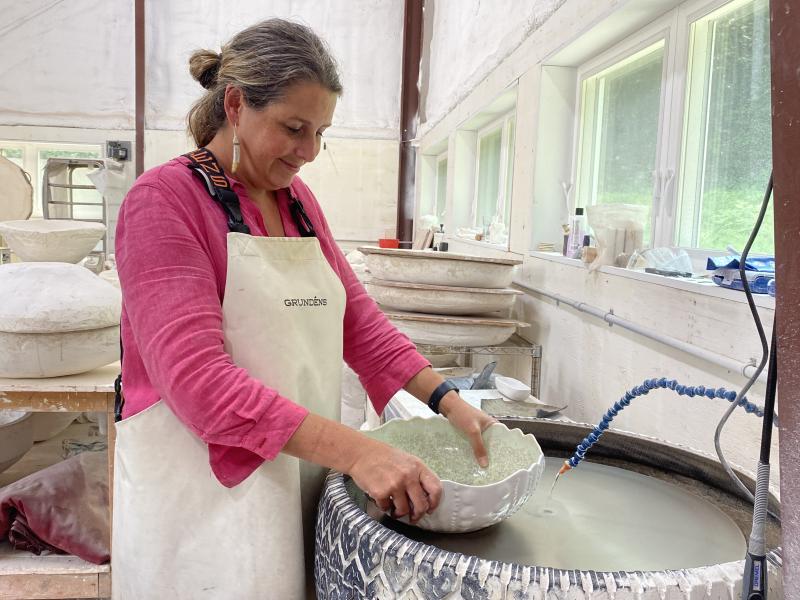
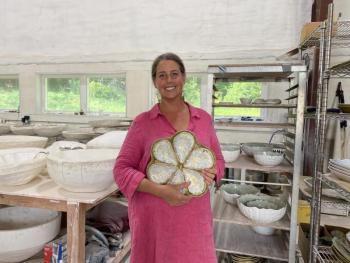
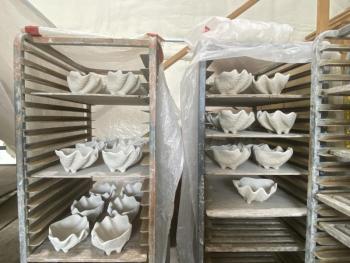



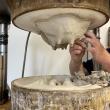
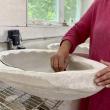
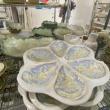
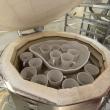

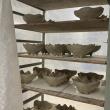
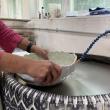



























.png)
.png)
